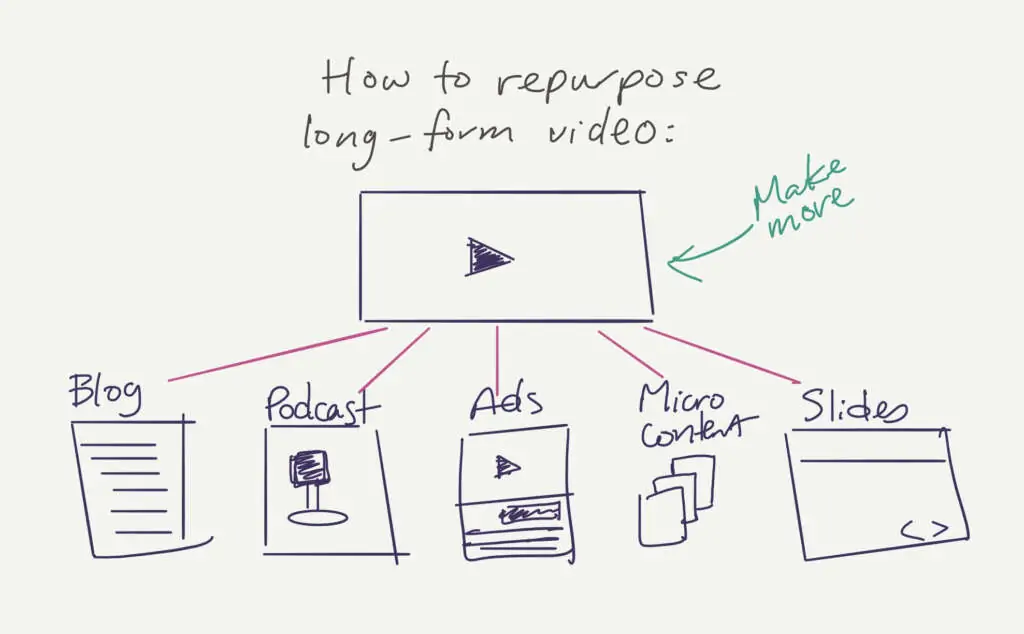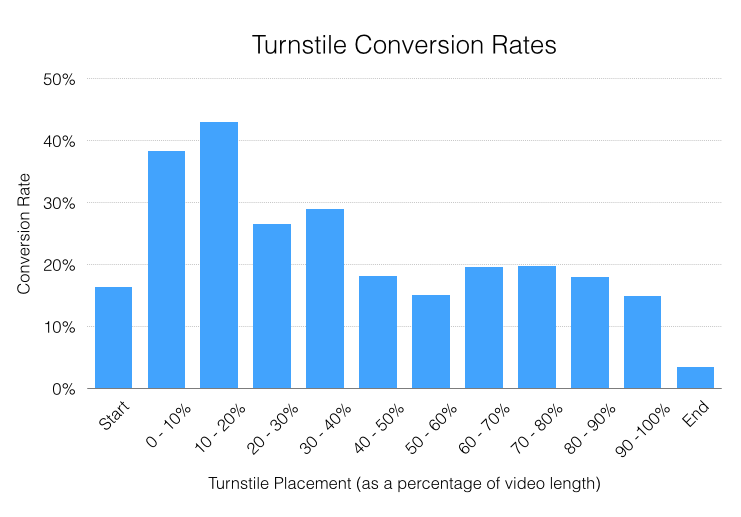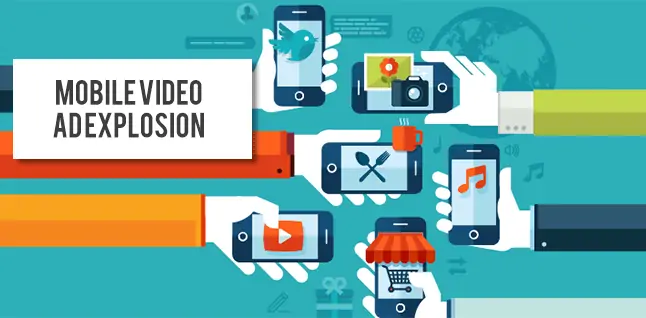Power of Long-Form Video in the Digital Landscape
Long-form video, characterized by extended durations and immersive storytelling, is reshaping the digital landscape. This format, embraced by major platforms, allows for in-depth narratives and deeper audience engagement. From diverse content categories to monetization opportunities, long-form video presents exciting possibilities. However, strategic considerations and overcoming challenges in sustaining audience interest are crucial for success. As digital content consumption evolves, long-form video is set to play a pivotal role in the future of online content.
The Evolution of Content Consumption:
Extended-length video content, characterized by extended durations and in-depth storytelling, is emerging as a potent force in the ever-evolving digital landscape. This article explores the significance of Extended-length video, its impact on audience engagement, the evolving content consumption trends, and strategic considerations for leveraging this format effectively.
The digital age has witnessed a transformative shift in how audiences consume content. While short-form content has dominated platforms with quick, attention-grabbing snippets, there’s a growing appetite for more substantial, immersive experiences. Extended-length video steps into this space, providing a platform for richer narratives and a deeper connection with the audience.
Unraveling Audience Engagement:
Extended-length videos offer a unique opportunity to captivate audiences through storytelling. Unlike shorter formats, which demand immediate attention, long-form content allows for a more gradual and immersive engagement. This extended duration enables content creators to establish a narrative arc, build tension, and deliver a more profound emotional impact.
Platforms and Distribution Channels:
Major social media platforms and streaming services are adapting to accommodate Extended-length video. YouTube, for instance, has become a hub for content creators to share documentaries, educational content, and vlogs that go beyond conventional time constraints. Streaming services like Netflix, Hulu, and Amazon Prime Video are also investing heavily in original long-form content, changing the way audiences consume entertainment.
Extended-length video is more than content; it’s an invitation for audiences to embark on a meaningful journey, where storytelling takes center stage, and connections are forged beyond the fleeting moments of shorter formats.”
-Sarah Collins

Diverse Content Categories:
Extended-length video is not limited to a specific genre. From documentaries and educational content to in-depth interviews, travelogues, and narrative-driven series, the scope is vast. This diversity allows creators and businesses to explore various content avenues, catering to different audience interests.
Audience Retention and Value:
Contrary to the initial belief that attention spans are shrinking, Extended-length video challenges this notion. When the content is compelling, audiences are willing to invest time. This extended engagement can result in a higher perceived value for the content, fostering a sense of loyalty and connection with the creator or brand.
Monetization Opportunities:
Extended-length video opens up new avenues for monetization. Platforms like YouTube offer monetization options for content creators, including ad revenue and channel memberships. Streaming services provide opportunities for original content creators to secure lucrative deals and partnerships.
Strategic Considerations:
While Extended-length video presents exciting opportunities, a strategic approach is essential for success. Understanding the target audience, optimizing content for different platforms, and maintaining a balance between quality and duration are crucial considerations. Additionally, leveraging analytics to assess audience engagement and preferences can refine content strategies over time.
Challenges in Long-Form Content Creation:
Creating compelling long-form content comes with its challenges. Sustaining audience interest throughout an extended duration requires meticulous planning and execution. Balancing informational content with entertainment value is a delicate art, and creators must navigate this terrain to deliver a satisfying viewer experience.

The Future Landscape:
As digital content consumption continues to evolve, extended-length video is poised to play an increasingly prominent role. The ability to tell stories, share in-depth knowledge, and create immersive experiences positions long-form content as a valuable asset for content creators, businesses, and brands alike.
Extended-length video stands as a dynamic and influential format in the contemporary digital ecosystem. Its ability to engage audiences on a deeper level, provide diverse content experiences, and offer monetization opportunities makes it a compelling choice for content creators and businesses looking to make a lasting impact in the digital space.
The immersive nature of Extended-length video allows for a deeper engagement that resonates with viewers. It provides a canvas for creators to weave intricate narratives, explore complex themes, and take the audience on an enriching and transformative experience. Unlike shorter formats that often prioritize brevity, Extended-length video embraces the luxury of time, allowing for a more profound exploration of topics and a more comprehensive expression of creativity.
Furthermore, long-form video offers diverse content experiences. From in-depth documentaries that educate and enlighten to episodic series that build suspense and anticipation, the format caters to a wide range of interests and preferences. This versatility ensures that there’s something for everyone, contributing to its widespread appeal across diverse audiences.
Additionally, the monetization opportunities presented by Extended-length videos are noteworthy. Creators and businesses can leverage the extended duration to incorporate strategic brand placements, sponsorships, and advertising. The longer engagement times translate into increased visibility for promotional content, creating a symbiotic relationship between content creators, brands, and viewers.














